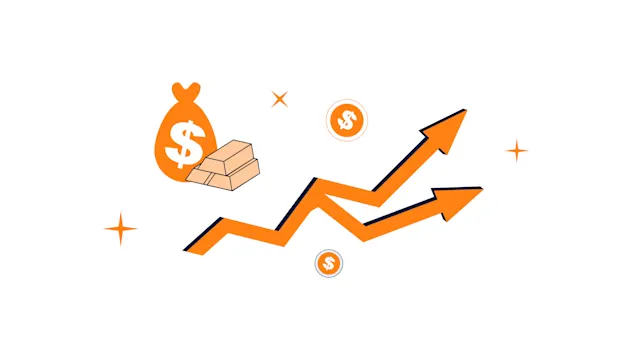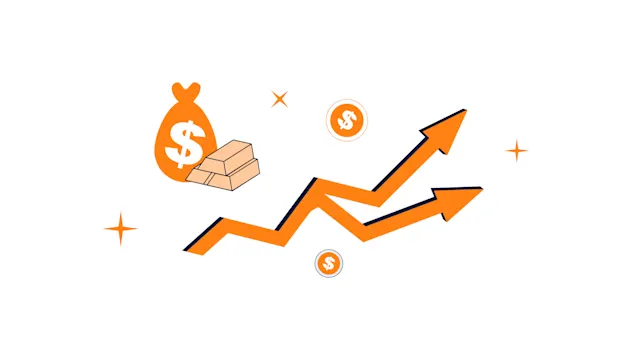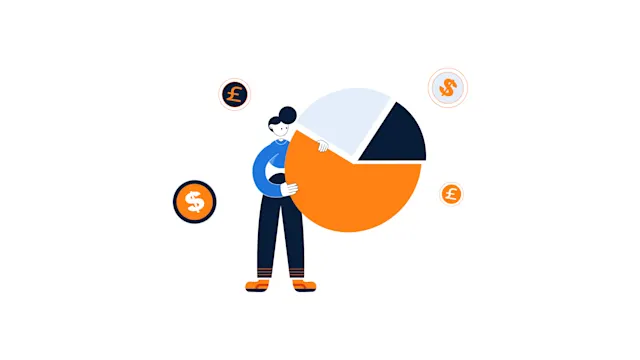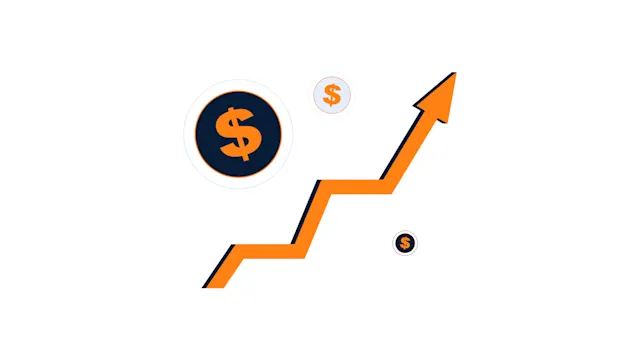
The 2008 Financial Crisis
The 2008 financial crisis also known as the subprime mortgage crisis devastated the world economy and was mainly triggered by the U.S housing market collapse.
The 2008 financial crisis, also known as the subprime mortgage crisis, devastated the world economy and was mainly triggered by the U.S. housing market collapse. The crisis officially lasted between 2007-2009 and led to The Great Recession, which was described as the worst economic downturn since the 1929 Great Depression; it resulted in the price plunge of the housing market and high unemployment levels. The 2008 financial crisis threatened to destroy the global financial system and caused the failure or near failure of major commercial banks, mortgage lenders, insurance companies, and savings and loans associations.
The financial crisis exposed how interconnected the global economy is, along with the great risks taken by banks and financial operators. From rising food insecurity and income inequality, people lost their trust in the system as the impacts of the crisis lasted long after the official end date.
Cause of the Great Depression
There are several causes of the financial crisis, many of which were brewing under the radar for years until it reached a breaking point, and the financial crisis ensued. Below are a few of the main identified causes.
Deregulation: The crisis was primarily caused by the deregulation of the financial industry, such as lowered federal funds interest rates along with changes in banking regulation that reduced oversight and encouraged risk-on investing by banks.
Securitization: A widespread practice ensued among banks whereby they bundled together numerous subprime mortgages and other less risk-debt to sell them on the open market (stock market) as bonds which became known as mortgage-backed securities (MBSs). The MBSs placed all the risk on investors (institutional and retail) and were very profitable. Thus, they became popular quickly.
FED Rate hikes: At the beginning of the century, the FED had lowered interest rates to as low as 1.25% in November of 2002 to curb the economic recession. This led to a housing bubble in 2005 which forced the FED to raise interest rates to as high as 5.25% in 2006. Many homeowners defaulted on their loans payment as they could not afford the higher interest rates.
The collapse of the housing market: The housing bubble reached its tipping point as supply outweighed demand. Thus, housing prices began to fall sharply, and many investors defaulted on their loans. This housing market collapse started a chain reaction that was followed by the bankruptcy of the Lehman Brothers (one of the biggest banks in America) and continued to have a crippling effect on the American and European markets along with the global economy.
Why it’s still relevant today
The crisis remains relevant to this day mainly because the impacts of the recession are still felt to this day, and it has been difficult for regulators to put trust back in the system. Additionally, there were several lessons from this past crisis that are still applicable today. Regulators across the world insist that they have changed their policies to enhance safety measures and that the financial system is stronger than it was a decade ago. Although, it is important to note that the previous recession was mainly caused by regulators, policymakers, and political decisions that were made years prior to the crisis. Recently, interest rates have been lowered, and high-risk loans are being offered again, which could be the leading factor to the next recession, as we saw a decade ago.
The Bad Bailout Precedence
The US has had a long precedence of economic bailouts mainly to prevent the collapse of the markets. This is evident from the first intervention in 1792 when Treasury Secretary Alexander Hamilton authorized the purchase of securities to prevent the collapse of the market, to the Great Depression bailout by President Roosevelt and many more, including the “TARP” bailout of the 2008 crisis.
Many economists argue that one of the leading causes of the 2008 crisis was government deregulation, which was replaced by a “self-regulating market”. Although, when the chips are down, the government has always been ready to violate this principle of a “self-regulating” market and have stepped in to bail out failing institution, arguing that these institutions are “too big to fail” as their demise would be catastrophic for the whole market. The question remains as to why the principle of a self-regulating market is not reinforced during such economic downturns to equally allow the self-regulating market to shake out bad actors and failing institutions.
The 2008 TARP bailout re-enforced this precedence of government bailouts, more recently illustrated by the excessive money printing done as a response to the Covid-19 pandemic. Central banks have continued to abuse this power, as seen in 2020 when the federal reserve printed 40% of the dollars ever in existence. This money was used to fund the stimulus programs passed by the government, about $500 million was allocated to businesses to keep them afloat, and the Federal Reserve expanded its balance sheet by $3 trillion to provide liquidity to the markets.
Even though these bailouts do save some institutions and, to an extent, prevent economic crashes, it is only delaying the inevitable. Following the basic economic principle of supply & demand, excessive money printing (increase in supply) leads to high inflation, a cost that is pushed to the taxpayers and consumers. As evidence, the excessive money printing in 2020 has led to a 40-year high inflation rate of 7.9% within the US recorded in March of 2022. As the global reserve currency, this sort of inflation will have a greater impact on currencies tied to the dollar as many countries continue to see record-high inflation rates.
Growth of Cryptocurrencies
The exposed distrust in the financial system led to the creation of the first cryptocurrency Bitcoin in 2009 and realized the capabilities of blockchain technology. In contrast to fiat currencies, cryptocurrencies are decentralized, meaning that they are not controlled by a single entity. Additionally, they are built on open-source code, and all transactions are publicly available on a blockchain, thus making it a fully transparent and trustless system.
Furthermore, blockchain technology (the technology behind Bitcoin) has evolved from just peer-to-peer transactions to smart contract-powered blockchains that have led to the creation of mainly Decentralized Finance, which has enabled traditional finance services typically provided by banks to be available on a decentralized, trustless system.



